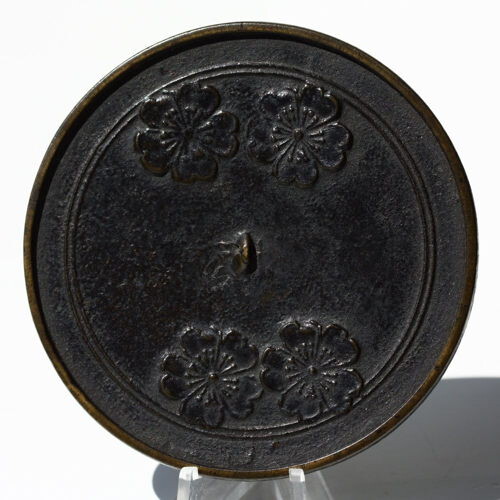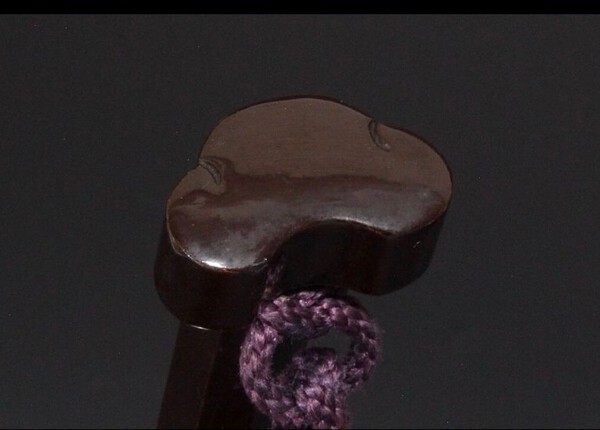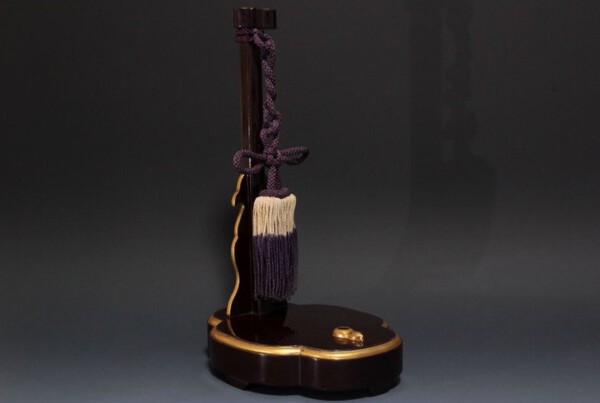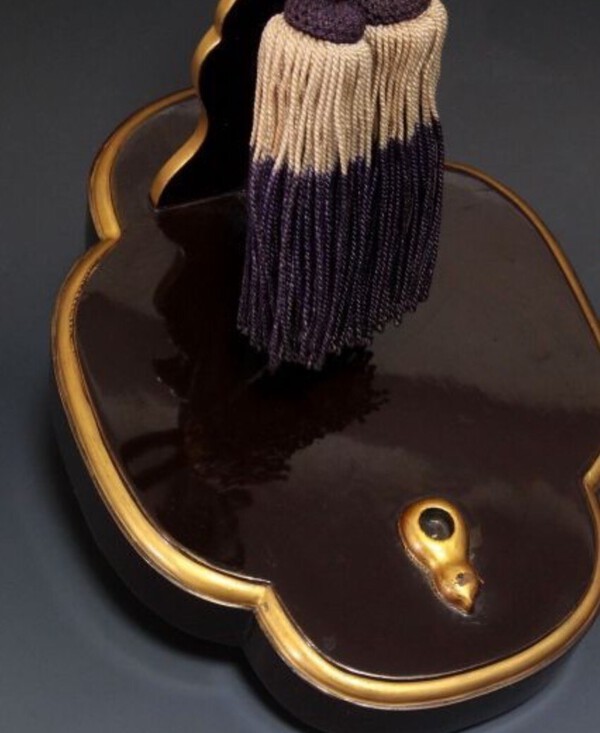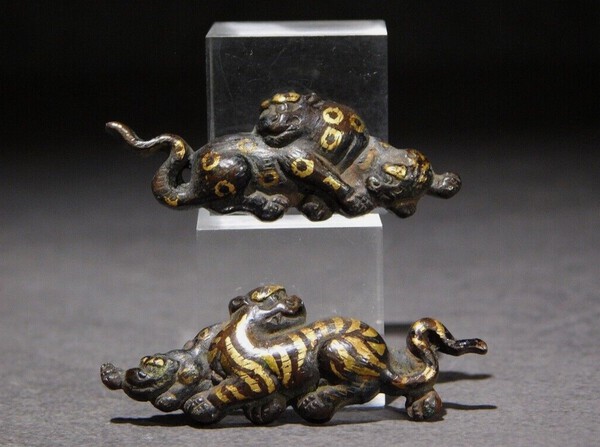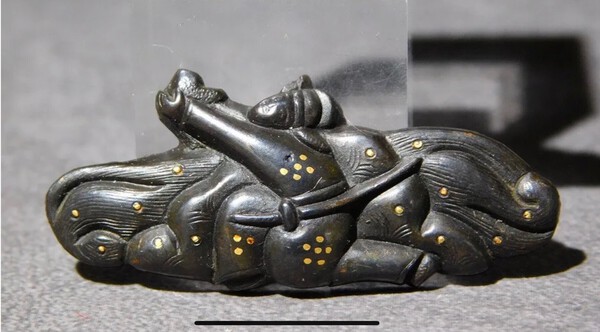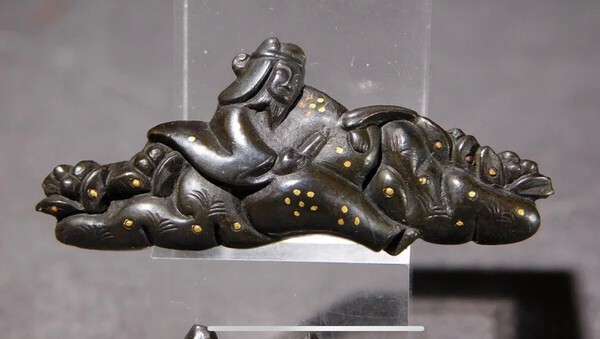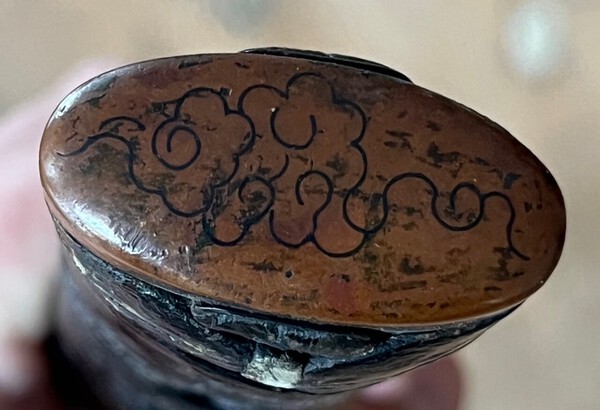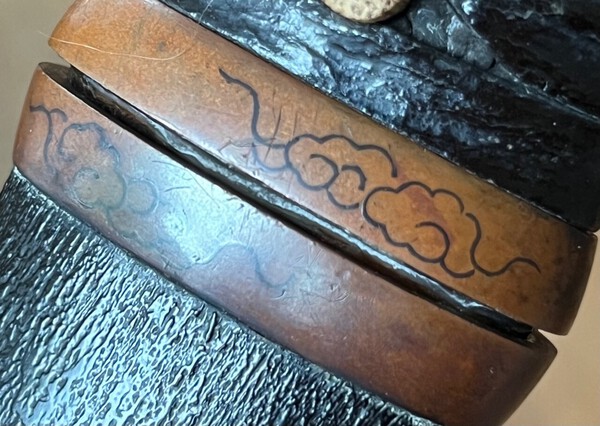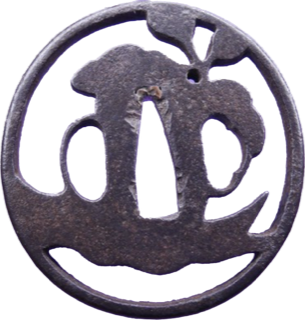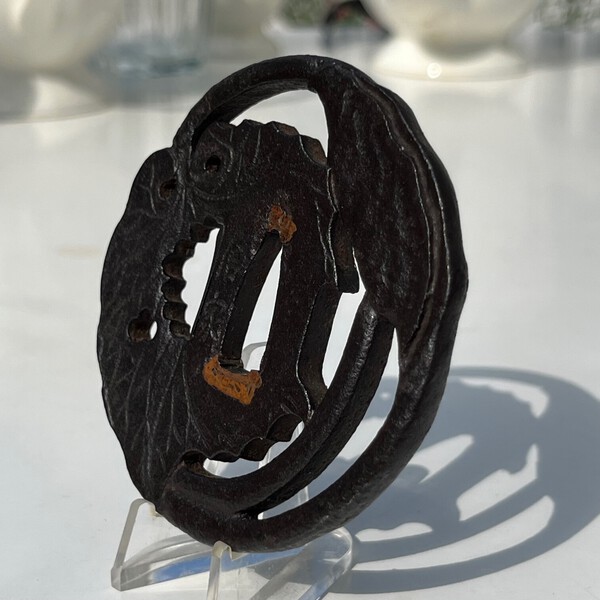-
Posts
3,105 -
Joined
-
Last visited
-
Days Won
26
Everything posted by Marius
-
That went fast. As it should! Someone got a great tsuba, congrats!
-
Absolutely iconic. The iron is to die for, amazing quality. The price is ridiculously attractive. For that amount of money you can buy two very average tsuba or something like that. This here is a masterpiece.
-
Gents, I used to own this tsuba and can attest to its quality. The NBTHK paper says “tosho”, but unfortunately the NBTHK is - to say it diplomatically- very cautious with their tsuba verdicts. I have seen a great Nambokucho tachi tsuba with a… “tachi tsuba” attribution. With such verdicts, it is not uncommon to see serious collectors of pre-Edo tsuba simply ignore NBTHK papers as worthless. Sad but true, and especially painful for an NBTHK member as me. This tsuba with its intriguing little hole (for the purpose of which Boris Markhasin had once a theory) is likely a product of the mid to late Muromachi period. It has been extremely well preserved and was used on a nodachi, I believe. Try to find an ubu piece like that one! A great opportunity for this price.
-
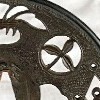
What was this stand made for?
Marius replied to Marius's topic in General Nihonto Related Discussion
Spot on Thomas. Thank you! -

What was this stand made for?
Marius replied to Marius's topic in General Nihonto Related Discussion
-

What was this stand made for?
Marius replied to Marius's topic in General Nihonto Related Discussion
Colin, I thought about tachi stands, where the sword is "upside down" with handle resting on the base of the stand. -

What was this stand made for?
Marius replied to Marius's topic in General Nihonto Related Discussion
Colin, Thanks, but I doubt that. The recess at the base is a hole of only 8mm. That is not enough to accommodate the butt of a handle of a jitte or kabutowari. A tessen? Maybe... -
Gents, I rarely buy stuff from eBay, if so, then only accessories. And I bought this one on a whim, actually knowing that no tanto in koshirae can be used with this stand. The seller described it as a stand for kabutowari, jitte, saihai. No tanto will fit, that is sure. What is this? Thanks for your thoughts!
-
Well, buying a published tsuba that is papered to Owari and that has this strong Yagyu connection for $850? Gentleman, I am now focusing on very early tsuba, but this one makes me really jealous! Whoever buys it, will acquire a great tsuba made for a warrior, and not some fat samurai bureaucrat. Great iron, great presence, radiating power, this guard can be a cornerstone of any advanced collection. And it is a real bargain. Remember my motto about those tarts passing... This is one real masterpiece tart, and knowing Steve, he will rather keep it than cutting this attractive price further. This gentleman has a keen eye and great knowledge when it comes to this kind of tsuba. Just go for it, or I will, even if it outside my focus!
-
One always learns… Thanks Andi!
-
I think that might be something to think about: Kozuka on eBay: https://www.ebay.com/itm/276029834358? I have menuki, that might fit, though one of the kittens seems to be a leopard... I planned to use my menuki for a project, but heck, I got several others, so if you think they would go well with the kozuka... They are from the same seller on eBay.
-
And one of the members finally nailed it: „Your menuki is Choryo with a shoe (not a tide jewel) and Kosekiko with the military strategy scroll (that he gives to Choryo after Choryo retrieves his shoe...)“ Thank you all!
-
And the motif has been already discussed, although the representation was somewhat different than on those menuki: https://www.militaria.co.za/nmb/topic/27799-motif-tale/
-
Chris, You have suggested the Tide Jewels theme, and I think it was spot on, here is an illustration - "The Dragon-King of the Sea gives his son-in-law the tide jewels" Thank you, I would have never found it.
-
Dear All, any idea what the motif of these menuki is? Seems like a Chinese tale, but which? Thanks for your ideas!
-

Looking for a copper kozuka with thin hira zogan of black clouds
Marius replied to Marius's topic in Wanted to Buy
Kind of you Stephen, thanks Alas, it must be copper with black inlay -
The menuki motif is quite nice, it is Raikō and Shuten-dōji. The former sits next to a sake bottle, while the latter is getting drunk on the sake. Cool legend! I think that potential buyers would benefit from measurements of both tsuba and menuki
-
That sounds very convincing, thank you! The hole would represent a mistletoe berry in such a case…
-
-
Come on, guys, here is an opportunity to buy a real early Edo. Owari tsuba, vastly superior in quality to most of the stuff you see that is sold as Owari (in most cases these are just random sukashi tsuba). Don't hesitate, as after a while I will just withdraw this piece. Make me an offer if you like it. You know, tarts and all
-
Gents, I have chosen a neutral title for this post, because I didn't want to scare you with the name of the maker of this fantastic Owari tsuba. I didn’t want you to confuse him with one of the greatest masters of the Owari tsubako. Reading this big big name you might have automatically assumed it is a fake, a gimei tsuba. But this tsubako has nothing to do with his famous namesake. I am talking about a master who has been described in the fundamental work on Owari tsuba - Okamoto's "Owari To Mikawa No Tanko". Okamoto has named him "Owari Nobuie", to make sure he is not confused with the great Nobuie. The „Owari Nobuie” was active between 1655 and 1673 (Meireki to Kanbun) and his favourite motives seem to have been butterbur leaves (as in this tsuba), gingko leaves and kasa (hats). His tsuba are powerful, have very good iron and tekkotsu on the rim. Interestingly, Okamoto writes that some of this master's genuine tsuba have been confused with cast copies. I think it is becase his iron is so sandy (for lack of a better expression) and his signature (信家) appears crude, like in cast tsuba. I think it is due to his style, as simple as that. And he was certainly not trying to use a signature similar to the great Nobuie’s. Yes, it looks thick and unsophisticated, but it is his mei. I will give you measurements later, but they should not deviate greatly from a very similar example in the Owari To Mikawa No Tanko: 7.8 x 7.8 cm with 6.3 mm thickness. This tsuba reflects the sensitivity of Owari tsubako - it is powerful, yet has subtlety resulting from its imperfection. It radiates freewheeling creativity, very much like Japanese pottery from the 17th century. It is a guard whose maker was steeped in the chanoyu ideals of the great tea masters like Sen No Rikyu, Furuta Oribe and Hosokawa Tadaoki. It is one of the last of this kind - later tsuba, despite their artistry and perfection never attain this aesthetics, instead conforming to the rigidity of the Tokugawa rule. This rare tsuba is for sale for only: $600 (incl. priority shipping to EU/US)
- 3 replies
-
- 10
-

-

-

-
Sorry, yes. It is SOLD.

